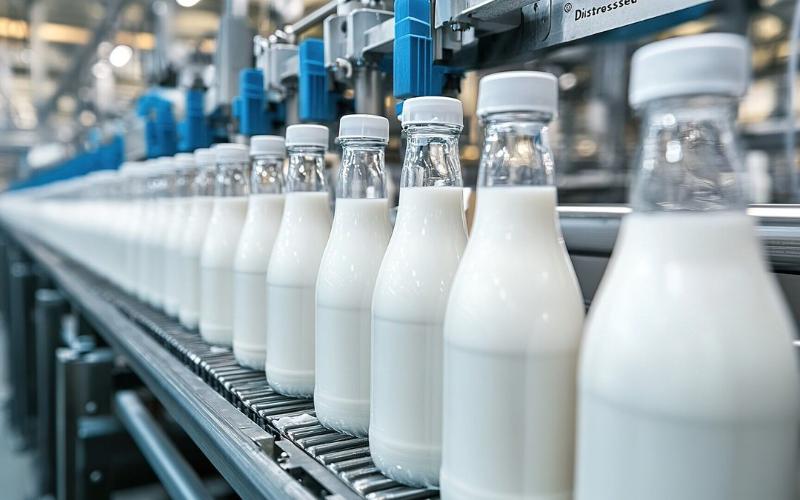Russia’s Raw Milk Production Poised for Significant Growth by 2030
Sourse: DairyNews.today
Russia is set to substantially increase its raw milk production over the next six years, with projections indicating an additional 5 million tonnes, bringing the total annual output to 39 million tonnes by 2030. This ambitious target was outlined by Oksana Lut, Russia’s Agricultural Minister, during a recent press conference in the Vologda region.

Lut emphasized that the dairy industry is expected to play a crucial role in the broader agricultural sector's performance, contributing to a 25% growth in Russia’s agricultural output by 2030. This anticipated expansion is part of the country’s strategic efforts to boost its agricultural production and self-sufficiency.
In 2023, Russia’s milk production reached 33.5 million tonnes, marking an increase of 0.5 million tonnes compared to the previous year. This steady growth over the past five years has been attributed to several factors, including increased productivity, the construction of new farms, and ongoing modernization efforts across existing dairy operations. The former Agricultural Minister, Dmitry Patrushev, highlighted these developments earlier this year, noting the sector's consistent upward trajectory.
Experts within the industry, such as Epifantseva, a member of the Agricultural Committee of the Federation Council, predict even more significant growth in the coming years. In a recent interview with Agroinvestor, she projected that Russia’s raw milk production could increase by 36-42% compared to 2023 levels, potentially reaching nearly 45 million tonnes by 2030.
However, achieving this ambitious target will require substantial investments in agricultural science and technology. Epifantseva stressed the need for enhanced research and development, particularly in the field of cow genotype, which would enable farmers to predict cows' productivity from birth. Additionally, she underscored the importance of introducing new technologies throughout the supply chain, not only in raw milk production but also in processing and storage, to ensure the industry’s sustained growth and efficiency.
In 2023, Russia’s milk production reached 33.5 million tonnes, marking an increase of 0.5 million tonnes compared to the previous year. This steady growth over the past five years has been attributed to several factors, including increased productivity, the construction of new farms, and ongoing modernization efforts across existing dairy operations. The former Agricultural Minister, Dmitry Patrushev, highlighted these developments earlier this year, noting the sector's consistent upward trajectory.
Experts within the industry, such as Epifantseva, a member of the Agricultural Committee of the Federation Council, predict even more significant growth in the coming years. In a recent interview with Agroinvestor, she projected that Russia’s raw milk production could increase by 36-42% compared to 2023 levels, potentially reaching nearly 45 million tonnes by 2030.
However, achieving this ambitious target will require substantial investments in agricultural science and technology. Epifantseva stressed the need for enhanced research and development, particularly in the field of cow genotype, which would enable farmers to predict cows' productivity from birth. Additionally, she underscored the importance of introducing new technologies throughout the supply chain, not only in raw milk production but also in processing and storage, to ensure the industry’s sustained growth and efficiency.












